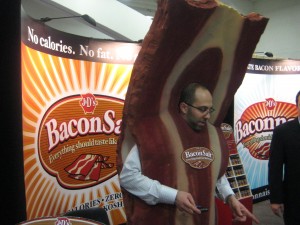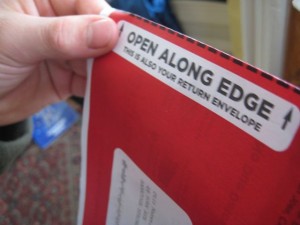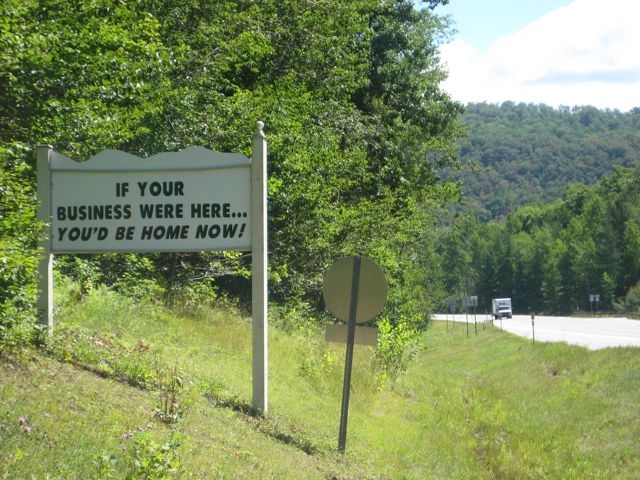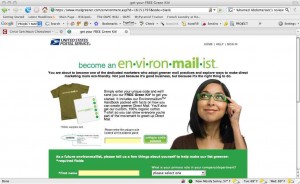I started to write this post because it seemed to me that Saturday, 7/12, was my slowest email day ever. I had some down time and checked email frequently, and there just wasn’t anything there. Makes sense… business folks are supposed to be taking summer time off now, and marketers follow the trend.
This brought to mind the evergreen discussion about “what is the best day to send marketing emails?” Ideally, you want your email to arrive when the prospect is in a mood to read it, is not overwhelmed by business and personal emails, and you are not competing with too many fellow marketers. That day used to be Tuesday… people have caught up with their work that piled up for Monday, but promotions for the weekend have not yet begun. But then MarketingSherpa did a survey (measuring the percentage of recipients who open their email) and the best day turned out to be MONDAY. Maybe because all the other marketers thought Monday was terrible and stayed away?
Also, who says that it is automatically a bad thing to be arrive when lots of other offers are in the consumer’s inbox ? In Econ 101 we learned the best place to open a liquor store is not in a community where there are no liquor stores for miles around, but across the street from another liquor store. The community defines the relevance of the offer, and the competition increases the consumer’s awareness of the shopping opportunity. Similarly, back in my days as a direct mail manager the most heavily rented lists were also the most successful… even though you knew your offer was going to be in the mail box with lots of others, you were reaching “mail order buyers” who welcomed lots of messages rather than opening their mail over the recycling bin.
Back to my experience yesterday, I counted up and there were 49 messages including junk email. Yes, that’s a bit slow compared to a normal business weekday like 6/25, a Wednesday, when I got 164 messages. But then I went back and looked at the count for 6/29, another Saturday, and I got just 20 emails. And 7/5, the day after the holiday, I got only 10 emails. So my perception is WAY off and clearly colored by the fact I was busy the previous two weekends, but looking for something to do on 7/12. If a marketer had hit me with the right offer, yesterday they could have sold me the Golden Gate Bridge.
 Like CES, the January 2009 Fancy Food Show is down a bit in both attendees and exhibitors. But there’s still room for people like Mr. Bacon here, and his product Bacon Salt which is based on the premise that “everything should taste like bacon”. It’s all vegan and there is a bacon survival kit including bacon chapstick, bacon flavored vegan-aise etc for converted vegetarians who miss the taste of bacon.
Like CES, the January 2009 Fancy Food Show is down a bit in both attendees and exhibitors. But there’s still room for people like Mr. Bacon here, and his product Bacon Salt which is based on the premise that “everything should taste like bacon”. It’s all vegan and there is a bacon survival kit including bacon chapstick, bacon flavored vegan-aise etc for converted vegetarians who miss the taste of bacon.


